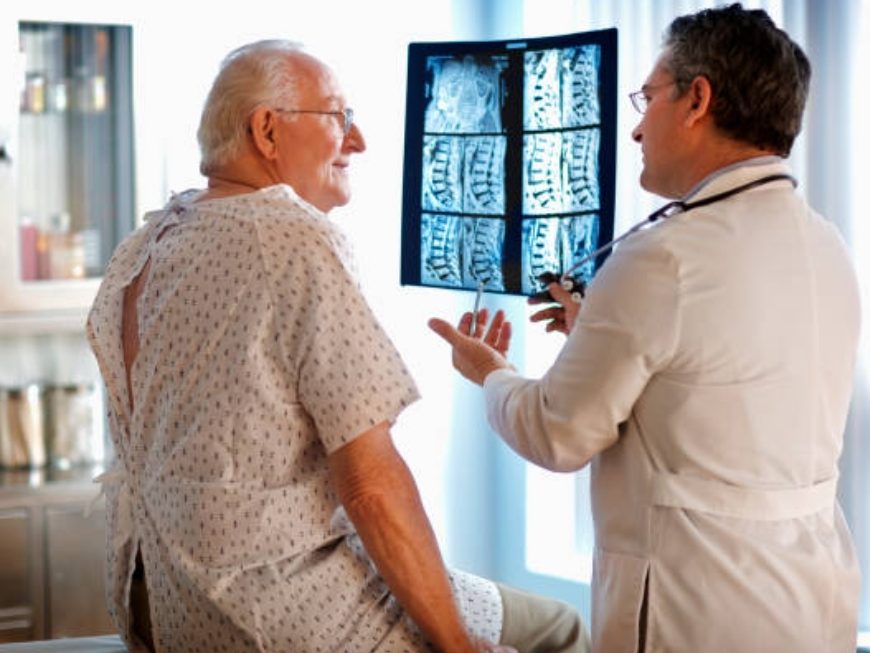Speed’s Test
Purpose of Speed’s Test: To detect inflammation or lesions in the biceps/labral complex (1). Patient position: Sitting or Standing upright with the affected arm relaxed by the side. Examiner position: Standing beside the patient’s affected side. Procedure: First, position the affected shoulder in 90 degree-flexion and full external rotation (1). Next, place the elbow in extension and the forearm in supination (1). Ask the patient … Continue reading Speed’s Test
